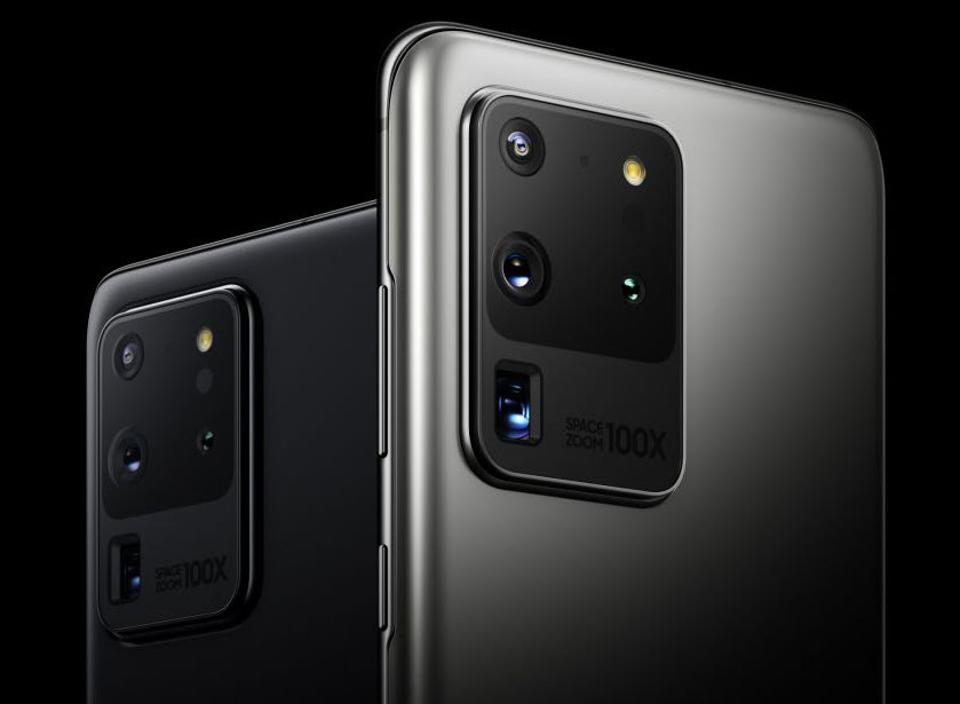Even Apple’s most expensive iPhone model is $1,100
Samsung Galaxy S20 may be considered an anomaly for the smartphone world. Starting at $1,400, it’s one of the most expensive phones you can buy. Neither Apple itself, a company known for its salty prices, has not set the iPhone prices starting at $1,400.
The most expensive iPhone model is $1,100. But what makes the Galaxy S20 Ultra so expensive?
1. The Big Screen
The Galaxy S20 Ultra has a massive 6.9-inch display compared to the 6.7-inch Galaxy S20 Plus and the 6.2-inch Galaxy S20. But aside from the size, the Galaxy S20 Ultra screen is not different from the standard Galaxy S20 and mid-range Galaxy S20 Plus screens.
2. Big Battery
Simple at all, big phone means big battery. The Galaxy S20 Ultra has a giant 5,000 mAh battery while the Galaxy S20 Plus has 4,500 mAh and S20 4,000 mAh. It is true that the size of the battery is not everything because there are various factors that affect and that eliminate the differences. The Galaxy S20 Plus has a smaller battery but also a smaller screen leading to approximate battery life.
3. 108-Megapixel Camera
The Galaxy S20 Ultra’s main camera is 108-megapixels compared to 12-megapixels on the Galaxy S20 and S20 Plus.
Not always the phone capture 108-megapixels. It actually collects 108-megapixels to produce 12-megapixel photos for most of the photos. But users can choose to use 108-megapixels whenever they want. The latter mainly applies to low light environments.
4. 100x Optical Zoom
The Galaxy S20 Ultra’s zoom lens consists of a mirror prism that produces 10x optical zoom. Optical zoom means that there is no loss of quality and detail. The 10x is impressive given that most smartphones are at 3x. With digital zoom this lens goes up to 100x but the quality of these photos is normally very far.
5. 40-Megapixel Selfie Camera
Samsung has distinguished the S20 Ultra from the S20 Plus and S20 in the 40-megapixel front-facing camera. The camera of the other two is only 10-megapixels. Normally with this camera S20 Ultra users can capture super detailed selfie images even in low light.
> Read Next: High Refresh Rate Screens: 60Hz, 90Hz and 120Hz explained
So what do you think about this? Let us know your thoughts in the comments section below, follow us on twitter and facebook for more news and updates.
